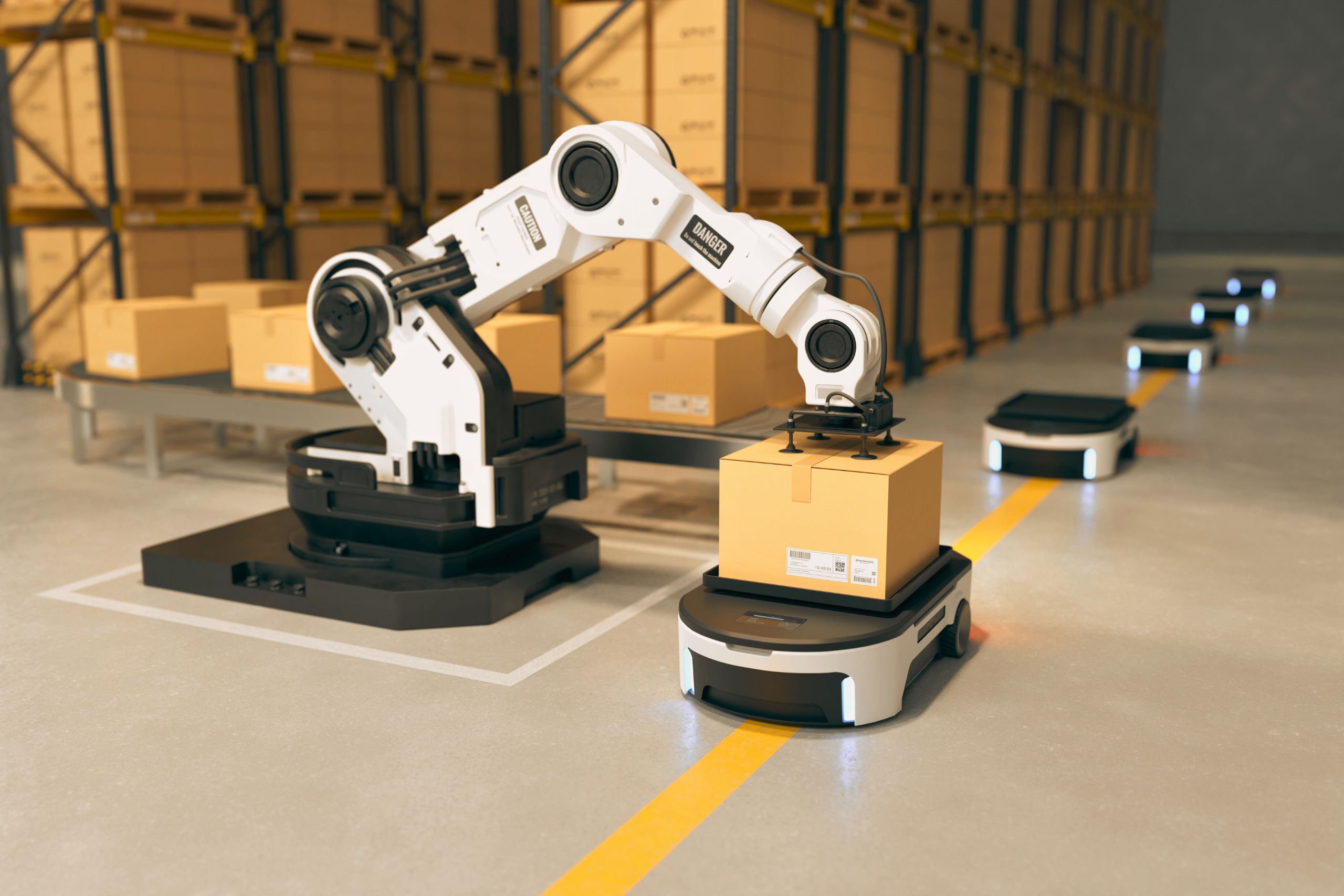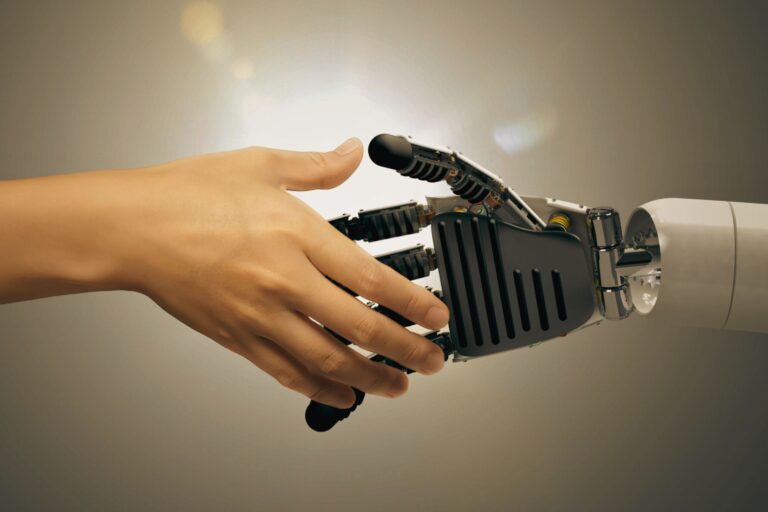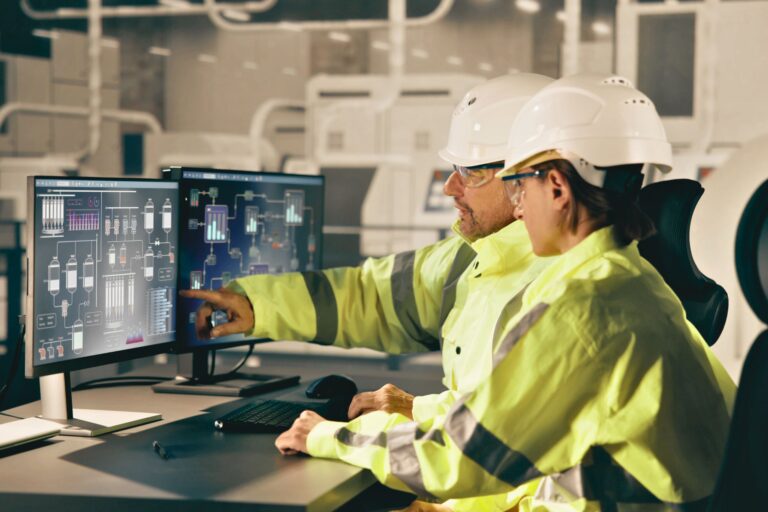Mobile Robotics: Autonomous Robots in Industry
With the advent of digitalization and automation, autonomous robots are playing an increasingly important role in the industrial sector. They provide more efficient and safe management of internal logistics, production processes and warehouse operations. Thanks to advanced sensors, artificial intelligence and machine learning algorithms, mobile robots adapt to dynamic environments and optimize processes without the need for human intervention.
What is mobile robotics?
Mobile robotics includes robots that can autonomously navigate industrial and logistics environments, without the need for pre-set routes or human intervention. The main types of autonomous robots include:
- Autonomous Mobile Robots (AMRs) – They use advanced navigation systems for real-time adaptive movement.
- Automated Guided Vehicles (AGVs) – They operate on pre-set routes and use magnetic strips, RFID tags or laser navigation.
- Drones for inspection and delivery – They are used in large industrial sites for monitoring, inspection and internal logistics operations.
Applications of autonomous robots in industry
- Internal logistics and transport – AMRs and AGVs automate the transportation of materials in manufacturing plants, warehouses, and logistics centers.
- Monitoring and inspection – Drones and mobile robots with sensors are used to inspect industrial facilities, predict failures, and control quality.
- Automated loading of production lines – Robotic systems deliver raw materials and components to production areas, reducing downtime.
- Optimization of warehouse operations – Robots automate processes such as storage, sorting, and shipping of goods in large logistics centers.
- Operations in hazardous environments – Autonomous robots are used in environments with high temperatures, chemical hazards, or hazardous gases, minimizing human exposure to risk.
Advantages of autonomous robots
- Increased efficiency – Reduce task completion time and improve productivity.
- Flexibility and adaptability – They can change their routes and operations according to current production needs.
- Optimized costs – Reduce labor and maintenance costs by eliminating manual processes in logistics.
- Higher safety – Autonomous systems reduce the risk of accidents and minimize human intervention in risky environments.
The future of mobile robotics
With the development of artificial intelligence, 5G communications and IoT, mobile robots will become even more intelligent and efficient. It is expected that:
- Better integration with ERP and WMS systems – Robots will be able to communicate directly with business software for automated logistics management.
- Extended autonomy options – AI will allow robots to make better decisions in real time, without pre-set commands.
- Increased energy efficiency – Optimized batteries and wireless charging technologies will extend the operating time of robots.
How does Bullitt Engineering monitor these trends?
At Bullitt Engineering JSC, we actively analyze innovations in mobile robotics and implement solutions to improve industrial processes. With a focus on efficiency, safety and automation, we help companies adapt to the future of smart logistics.
Conclusion
Mobile robotics is an integral part of modern industrial automation. It offers solutions for more efficient management of production and logistics processes, reduces operating costs and increases safety. The implementation of autonomous robots in industry will continue to be a key step towards smarter and more competitive enterprises.







